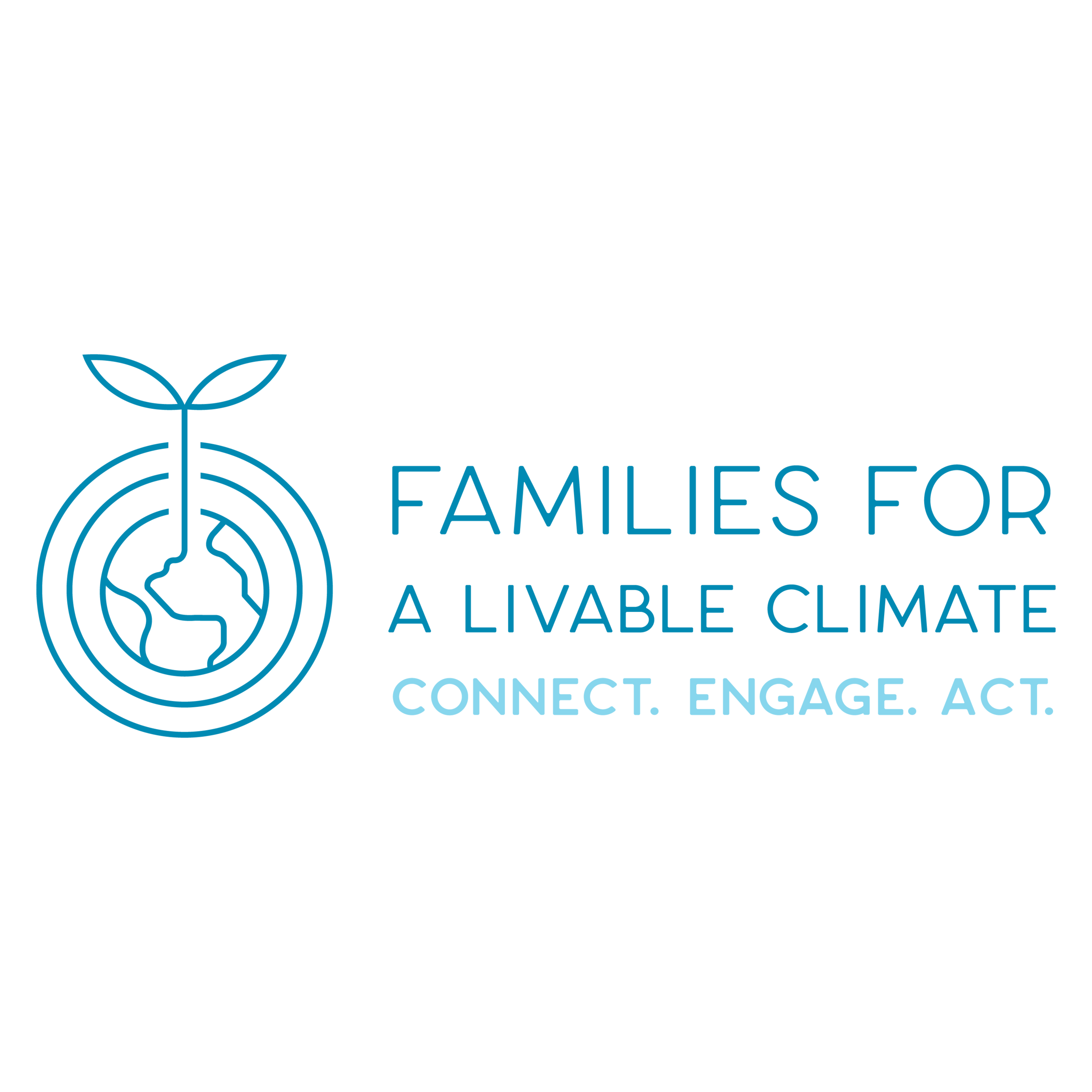Decarbonize Your Transportation: Recap and Video
Guest post by Katie Halloran
How do you get from Point A to Point B? For many of us, the answer is usually “My car!” However, there are many ways to answer this question, and many people are already moving away from the usual answer through innovative alternatives to the personal, gas-fueled vehicle.
“Decarbonize Your Transportation” was the second panel in the “Systems Change Series,” put on by Families for a Livable Climate and co-sponsored by Climate Smart Missoula. The panel is composed of informed and inspiring individuals working on a broad range of goals to reduce carbon emissions in our transportation systems and support individuals making choices to reduce their own footprint. Read on for a short synopsis on the various modes of transportation discussed on the panel, and please watch the entire recording below. You will be inspired to come up with a new answer to that question of how you get around!
Bikes
Missoula’s Bicycle and Pedestrian Advisory Board is working to improve bike travel for Missoulians, as reported by board member Jessica Dougherty Goodburn. By asking questions like, “What would make people of all ages and abilities feel safe biking around Missoula?” or “What low-cost infrastructure can improve our streets for bikers?”, the city is making improvements to support bike commuters and increase the likelihood that Missoulians will choose their bikes over their cars. From the city’s interactive bike maps to beautiful round-abouts on busy streets, the innovation and commitment to making Missoula as bike-friendly as possible is inspiring.
Buses
Missoula is in the process of updating its long-term Transportation Plan, something done approximately every four years. In 2016, when this was last done, Missoula adopted an ambitious mode-shift goal to triple the amount of walking, biking, and bussing, explained Amy Cilimburg, Executive Director of Climate Smart Missoula, who also serves on the Mountain Line Board of Directors. Mountain Line has goals of reducing carbon emissions by transitioning to an entirely electric fleet by 2035. There are currently six electric buses on the fleet and six more to come. The Mountain Line board is asking voters to pass a mill levy on the ballot this November to support the conversion to electric buses, as well as expand service to increase use. The additional funds would allow for bus service on Sundays, later service into the evenings, expanded service on busy routes, and improve para-transit options. She shared more information about the bus system’s history and future ambitions, as well as encouraged people to educate themselves and others about the upcoming mill levy to support the Zero Fare initiative on the bus and expand ridership. Mountain Line has provided approximately 1.5 million rides per year over the last few years. And yes, it is again running all routes with adaptations for Covid, so plan your next bus adventure!
Electric Vehicles
Jim Coulter from Flannagan Motors shared a wealth of knowledge on the benefits of electric vehicles (EVs), explained how they differ from hybrid vehicles, and outlined some of the current challenges and future potential of EVs in Montana. Flannagan Motors has worked to provide something of a niche market for people who live, work, and go to school in Missoula and want to shift to zero emissions by selling pre-owned EVs that can be plugged into regular outlets. That means they can charge in your garage if you have an outlet. Coulter estimates that he spends around $7.00 per month to “fuel” his own EV, based on the 10.5 cents per kilowatt hour it costs for charging - which is quite a cost savings for getting around town! Coulter also explained that because the technology is changing so rapidly, the cost of EV vehicles will continue to go down, while the mileage you can go between charges will go up. In Montana, there is not yet the guarantee of finding a charging station in our small towns and between to support EVs as a good option for state travel, but he predicts that that will change in the next five years. In the meantime, purchasing a pre-owned EV for $10,000 to $12,000 is a very affordable option for people who live and work here in Missoula (not to mention the cost benefits and pleasure of driving with no emissions!).
Passenger Trains
The systems-level changes going on in our local community not only reduce emissions, but often come with the added bonus of community and connection that results from branching out of our individual vehicles. This applies to a big picture transportation effort as well, one that moves out of just Missoula and encompasses other communities. One of the dreams of many people who are working on cutting back carbon emissions is a passenger rail train connecting Montana cities. Dave Strohmeier, a Missoula County Commissioner, described the work of the Big Sky Rail Authority in researching a passenger rail option through Southern Montana. Focused on working with other counties, the Big Sky Rail Authority recently held a virtual summit to discuss the road forward to make such a dream a reality. All options are on the table for routes and deciding which cities the train might pass through. Currently elected officials need to hear from constituents that a passenger rail option is something Montana residents would like to see. Visit https://montanapassengerrailsummit.org/ for more information on this effort.
